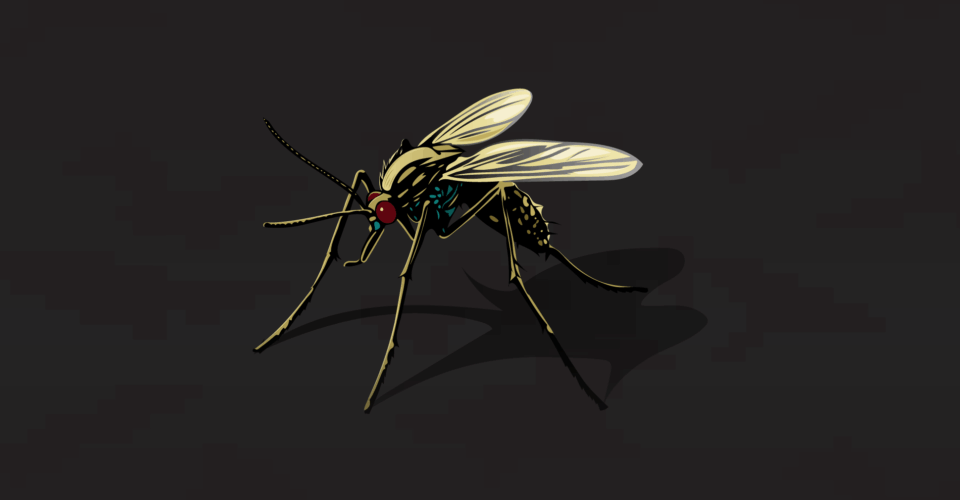No one likes mosquitoes. They’re not just annoying; they can also spread various diseases. An effective mosquito treatment program involves addressing both adult mosquitoes and their immature stages. While adults are flying around, the larvae are developing in water sources. Additionally, it’s crucial for customers to do their part between treatments. Here’s a look at some control options, along with their benefits and limitations.
Liquid Treatments
Liquid treatments, particularly mosquito foggings, have been a standard approach for many years. The fine droplets from foggers can penetrate dense vegetation and cling to the underside of leaves where adult mosquitoes rest. They can also reach under decks and other shaded areas. However, fogging treatments only target adult mosquitoes and do not affect larvae in the water. Most liquid products cannot be applied directly to water, so extensive standing water may limit the effectiveness of these treatments. Fogging is most effective when it targets the resting spots of mosquitoes, such as under leaves and in cooler, shaded areas, rather than treating open grass or lawns.
Water Source Treatments
While eliminating water sources is the best way to control mosquito breeding, it’s not always possible. For water sources that can’t be removed, there are a few treatment options available. Pellets, tablets, and briquettes can be used to target larvae and pupae in standing water. These treatments are effective for smaller water sources but may not be practical for larger ones. Additionally, these products do not address temporary water sources created by rain or overwatering. Since some mosquito species can develop into adults in as little as seven days, these transient water sources can quickly lead to a surge in mosquito populations.
Mosquito Stations
Mosquito stations are a newer addition to pest control. Models like VM’s MosquitoCon station, when paired with a larvicide such as Natular DT (sold separately—always follow label directions), operate on a straightforward principle: a water-filled container treated to target larvae and pupae. Female mosquitoes are attracted to the water, where they lay their eggs as usual. Once the eggs hatch, the larvae cannot develop into adults due to the treatment. While these stations do not kill existing adult mosquitoes, they can help reduce future populations by preventing the emergence of new adults. It’s important to keep the stations filled with water at all times; in hot and dry conditions, they may need more frequent servicing.
Combining Methods
For the best results, use a combination of methods to control mosquitoes. Integrating various products and following standard Integrated Pest Management (IPM) practices will often yield better outcomes than relying on a single method. Ensure treatments are targeted effectively to address all life stages of mosquitoes.




